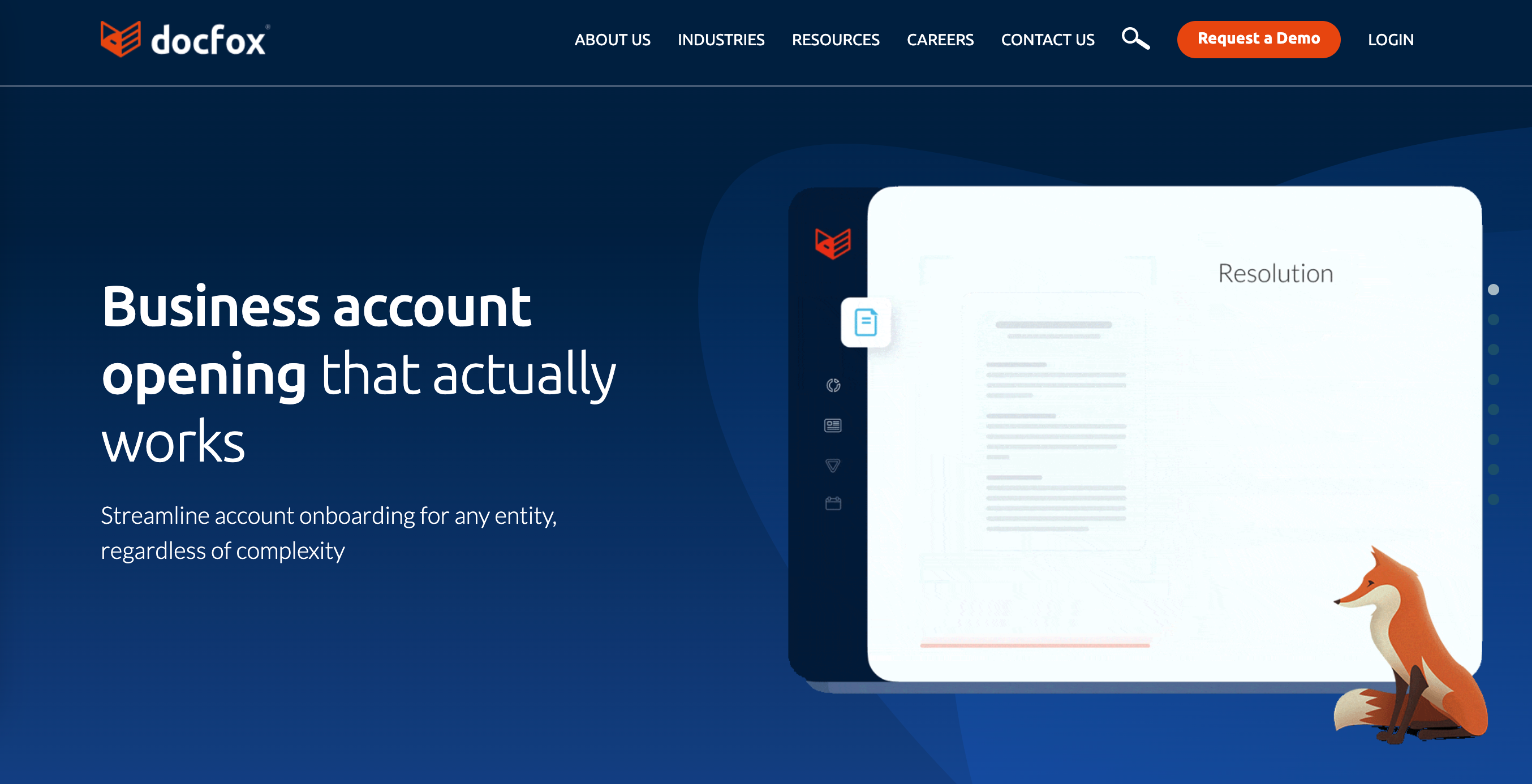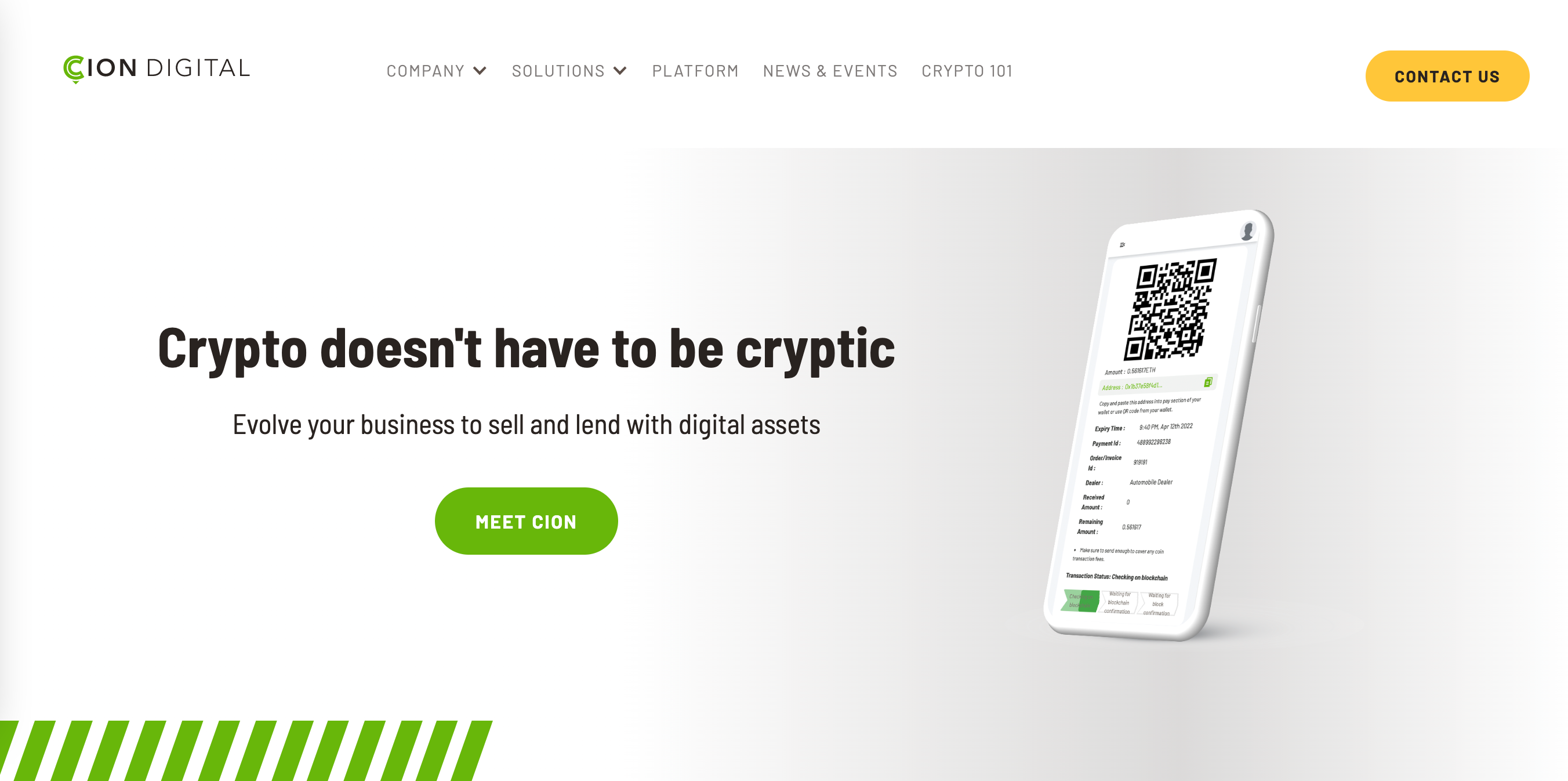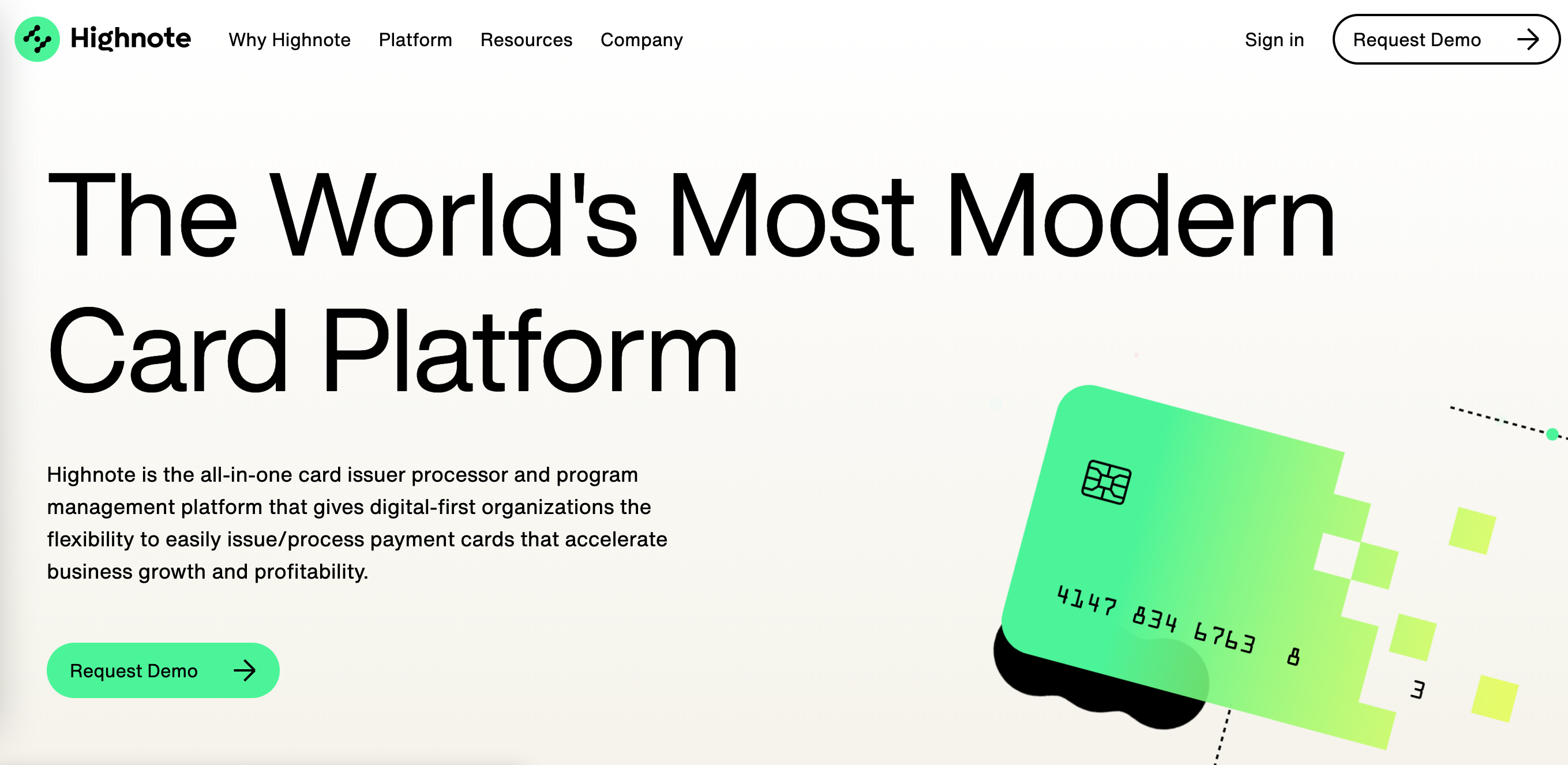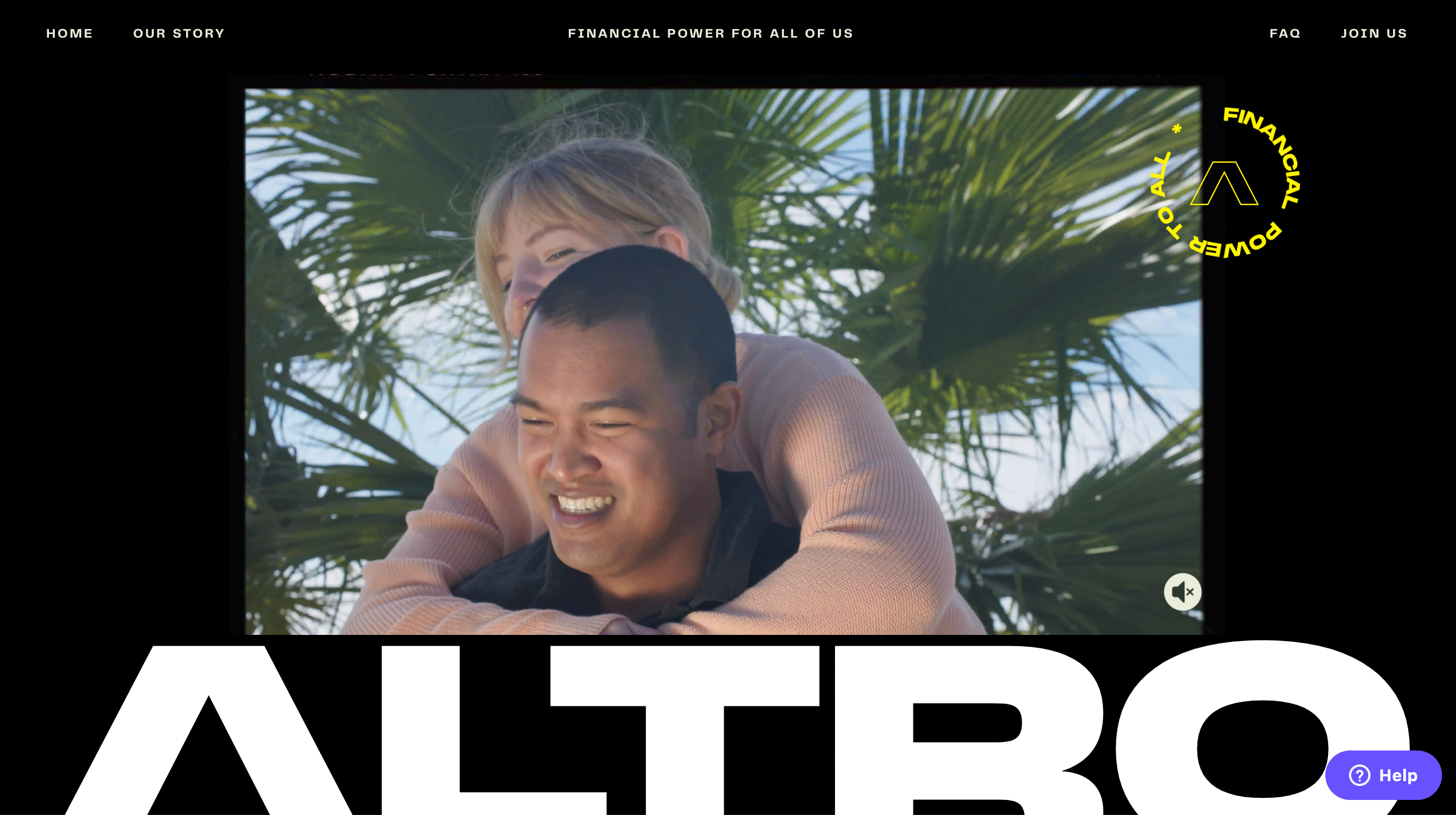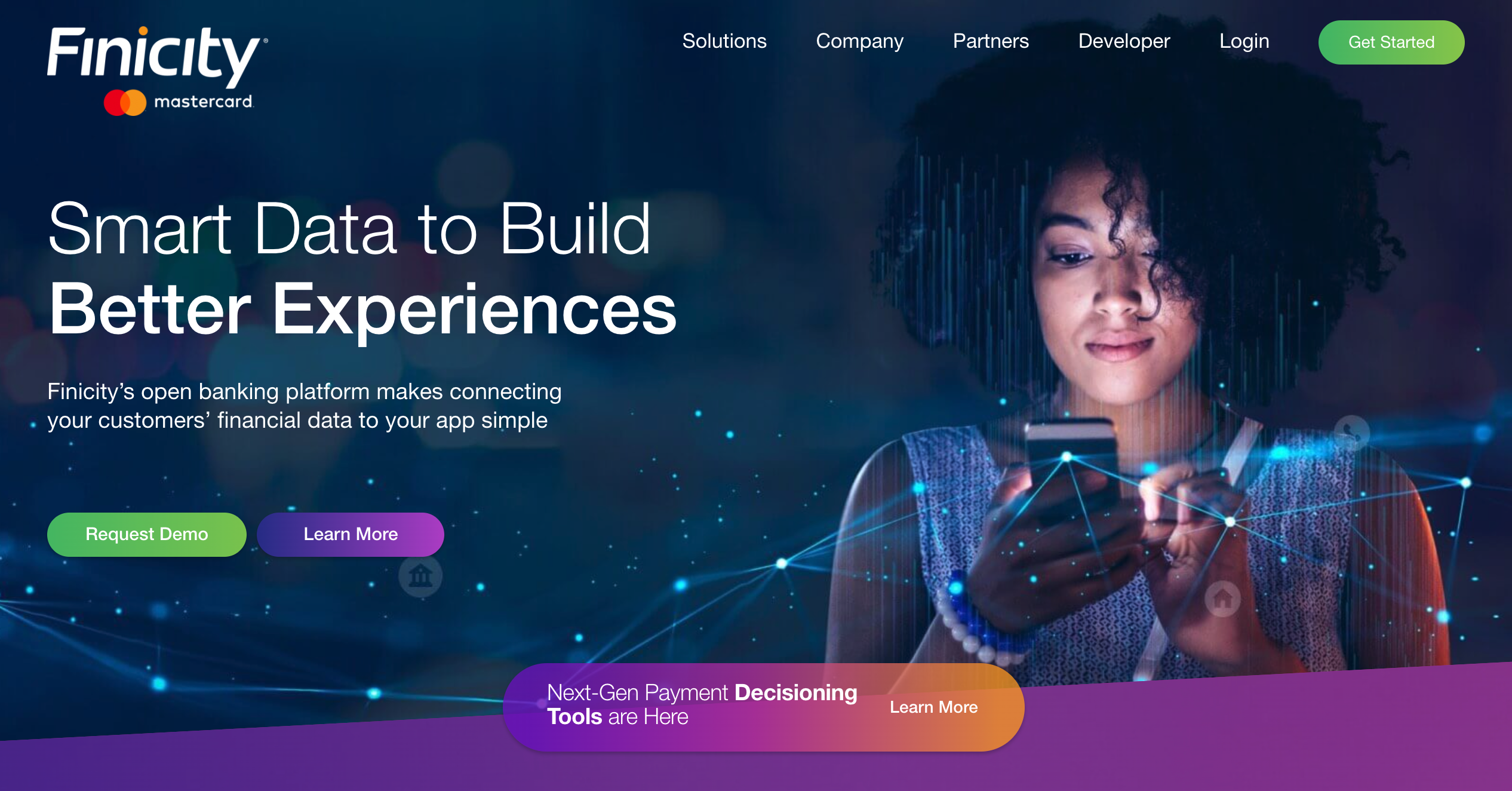
This is a sponsored post by Accusoft, Bronze sponsors of FinovateSpring 2022. Download and read Accusoft’s exclusive whitepaper, Extending the Benefits of Digital Document Management, in partnership with Finovate.
The financial industry has made significant investments in document lifecycle management solutions to enhance productivity, accuracy, and flexibility. There is broad recognition that paper-based processes are a huge source of waste and inefficiency, but simply transitioning away from paper often isn’t enough on its own to achieve true digital transformation. That’s because performing a digital-based process manually still presents many of the same problems. In order to leverage the true benefits of digital document management, fintechs need to implement data capture and document generation capabilities as part of a broader process automation solution.
A Quick History of Data Capture & Document Generation
To understand how fintechs can use data capture and document generation technology to enable their digital transformation, it’s helpful to take a moment to understand the history of these tools and how they’ve developed since their origins.
Data Capture
The financial industry was an early innovator in data capture technology with the development of the specialized OCR-A font in the 1960s. This simple monospace font is still used today for the account and routing numbers on an ordinary bank check. Early data capture technology relied on pattern recognition, so an exact pixel match was needed to read the characters electronically and match them to a corresponding character in a font library. While this worked well enough for scanning printed bank checks into a computer system to track transactions, reading anything else on the check with an automated system required further developments in data capture tools.
Modern character recognition technology utilizes a more sophisticated feature detection approach that uses the component elements of each character to distinguish them from one another. An “A,” for example, usually consists of the same basic elements (two angular lines that come to a point with a horizontal line crossing them) regardless of the font used. Breaking characters down into their component elements has even made it possible for software to read handwritten characters as well as machine-printed text.
Document Generation
Document generation technology emerged in the 1970s in the form of document assembly, which was originally used by lawyers to streamline contract creation. Contracts are highly structured and rules-oriented, which made it easy to build a decision-tree logic that could be understood by the software tools of that era. Early document assembly programs used a collection of document templates that incorporated conditional fields the software could replace automatically each time it generated a contract.
Modern document assembly is typically used as part of a more robust document automation solution. Software extracts information from a database and inserts it into a template to generate unique documents quickly, easily, and accurately. These programs are much more sophisticated and flexible than early document assembly tools, allowing organizations to programmatically generate a wide range of documents without ever having to look at the contents prior to the final review process.
Data Capture & Document Assembly in Fintech Today
Despite being an early innovator in OCR technology, the financial industry has been slow to implement more robust data capture capabilities throughout their operations. According to a recent study, 63% of banks are still collecting information from documents manually, a process that’s not only time consuming, but also incredibly prone to error. They’ve been slightly faster to adopt document generation, with 49% of banks still relying on manual processes to create documents.
Ironically, fintech organizations are even more dependent upon manual practices than traditional banks. When it comes to data capture, 75% of fintechs are reviewing documents and entering their data manually rather than using an automated solution. The story is largely the same for document generation, as 79% of them are still creating documents manually.
Understandably, most of these organizations are planning to implement some form of automated data capture and document generation solution within the next two to three years. That’s because they recognize that it will be difficult to achieve true digital transformation without them.
Why Data Capture and Document Generation Are So Important for Fintech
Fintech companies have developed a wide range of innovative financial tools that allow consumers to take better control of their finances and help organizations manage their resources more efficiently. In order to deliver those streamlined solutions, however, fintechs need to have the capabilities in place to make their own processes more efficient.
Data capture and document generation work together to help these organizations maximize the value and potential of their document management systems. Financial information can be submitted in many different formats, ranging from digital forms and fillable PDFs to images, flattened PDFs, and scanned documents. Extracting information from each of these formats requires a sophisticated understanding of data capture that few software developers possess.
Once that data is extracted, it can be routed anywhere it’s needed by workflow automation tools. That could be a new document that’s being generated, but more often it will be sent to a database. When the time comes to generate a new document, previously captured information can be inserted wherever it’s needed programmatically. Multiple documents (or just sections of them) can also be merged or split apart to create entirely new ones filled with information drawn from several sources.
All of this can be done in a matter of seconds with the right software integrations, which saves a tremendous amount of time for fintech teams who have many other priorities to focus on. By incorporating robust data capture and document generation capabilities into their platforms, they can provide faster, better functionality to their customers. Rather than uploading a document and waiting for it to be processed, information can be extracted and routed wherever it’s needed instantly to facilitate faster reviews and resolutions.
Another key benefit of data capture and document generation is accuracy. Between manually reviewing information, entering it by hand into a system, and then retrieving it to create new documents, there are plenty of opportunities for mistakes to be made. In a financial context, those errors often have the potential to be systemic, creating additional errors that are time consuming and expensive to remediate. Automated extraction and assembly remove the risk of human error, which enables fintechs to accelerate and scale their processes more effectively.
Integrating Data Capture and Document Generation with Accusoft
For over 30 years, Accusoft has been a pioneer in building software integrations that expand application functionality. We provide a variety of data capture and document generation solutions that meet the needs of today’s fintech platforms. Whether you’re incorporating functionality directly into your application with an SDK or deploying a cloud-based solution that connects to one of our APIs, we have the flexibility to help you integrate the features you need to complete your digital transformation. To learn more about how Accusoft can enhance your fintech application with data capture and document generation, talk to one of our solutions experts today.
